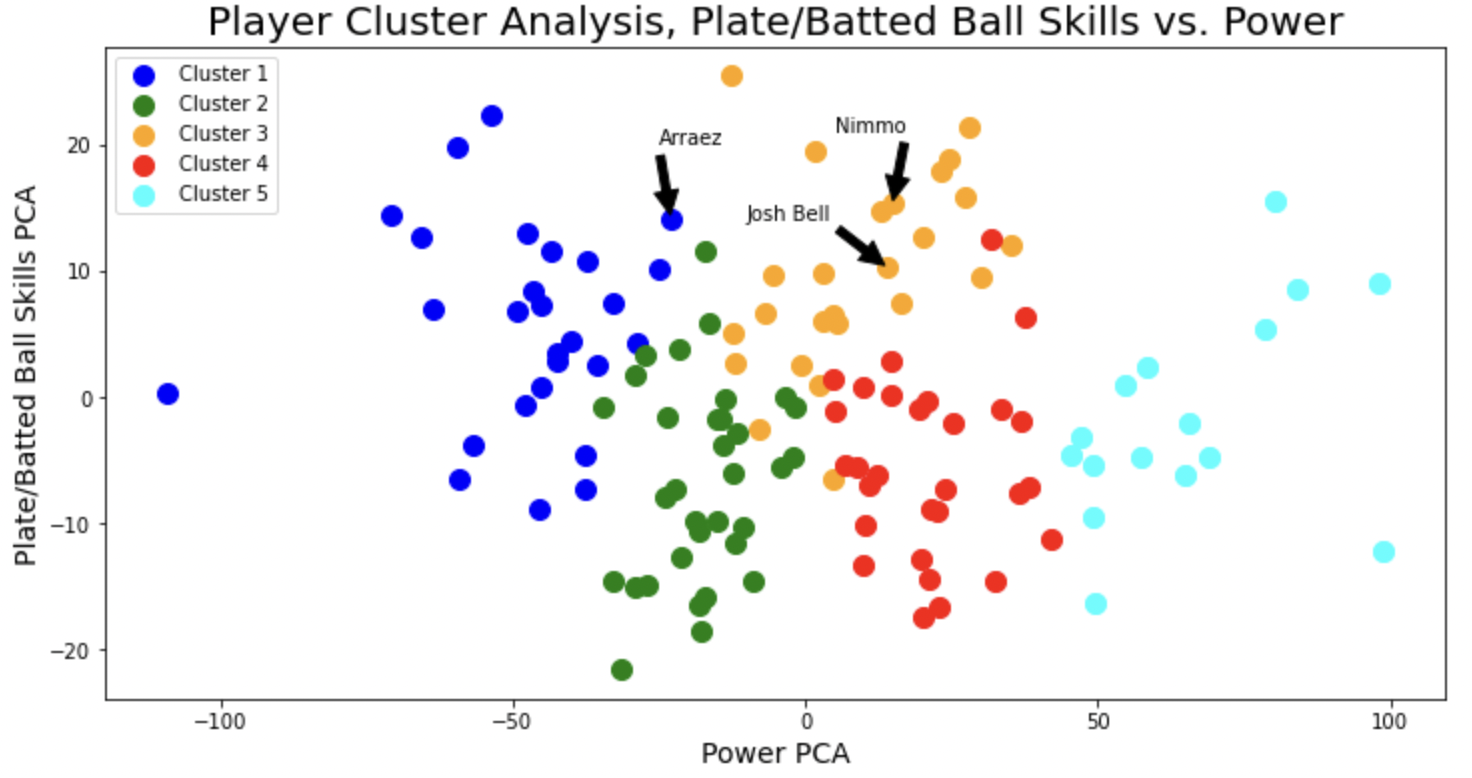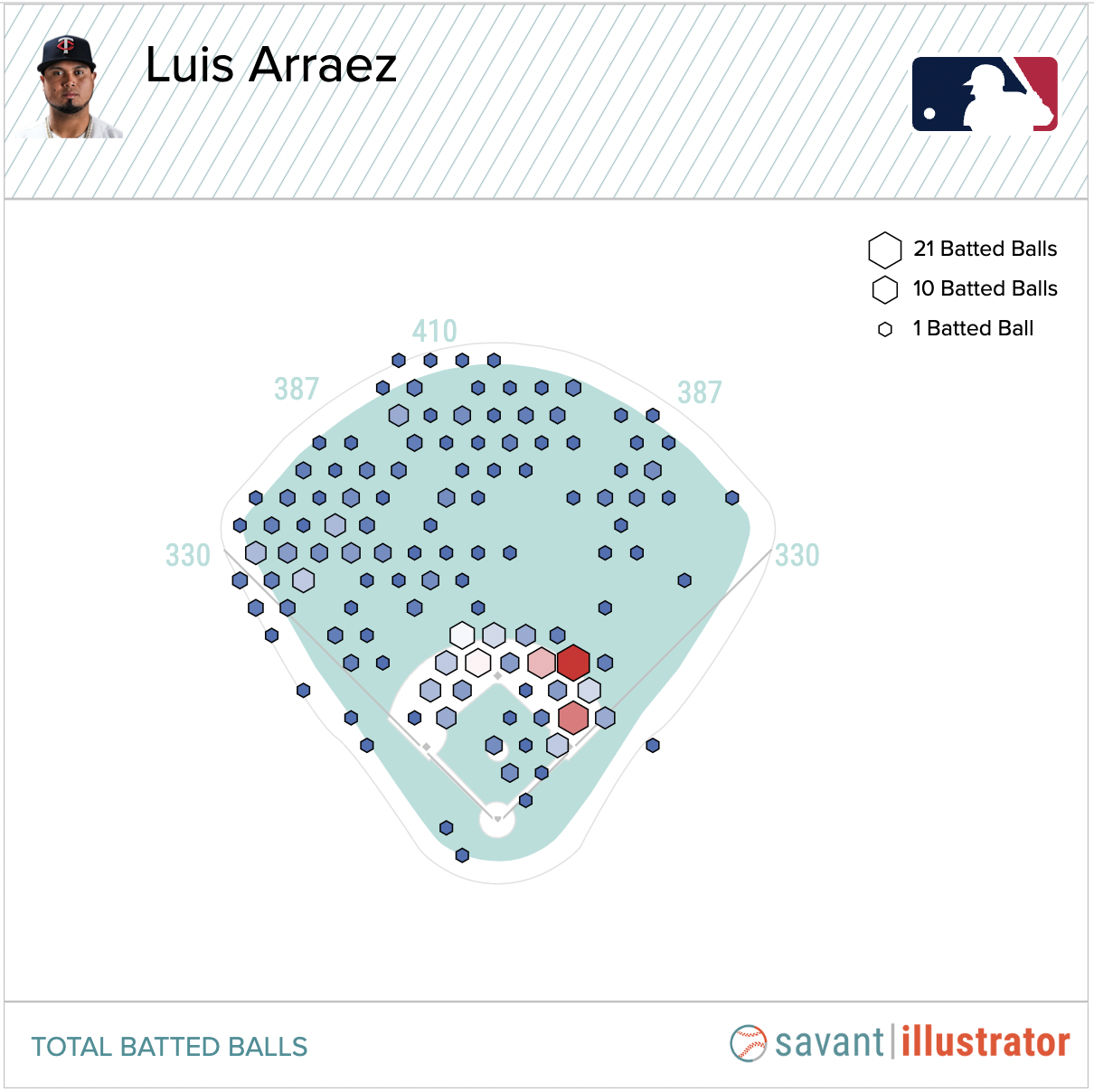Ottoneu: Prospect Pitchers That Might Be Worth Rostering for 2024
ZiPs 2024 gives us some insight as to how prospects will perform if and when they make it to the big leagues. If we can get a general sense of how a player will perform with projections, we can get a general sense of how much they should be valued. To call this process an oversimplification is to look up at the sun and say, “Bright!” Yes, it is an oversimplification, that’s a given. First, we’re trying to predict not only the future performance of a player who hasn’t actually done it yet. Next, we’re trying to determine how much that performance will be worth without any real context. Where will they play? Who will be on their team? Are they as mentally strong as they are physically strong? Finally, we’re assuming they’ll be healthy.
This oversimplified process can only give us a sense of who might perform like a big leaguer in 2024 and since I’m writing from a FanGraphs points scoring system viewpoint, we can make comparisons with other, more established pitchers. Here’s a reminder of my process. First, I find prospect pitchers yet to debut using The Board. Next, I bring in the ZiPs 2024 projections for the players on that list. Not all of them have projections. After that, I convert their projected stats into FanGraphs Ottoneu points. Finally, I throw the prospects and their projected points into Justin Vibber’s Surplus Calculator output for 2023 and make comparisons. The result tells me how these pitchers will perform in 2024 if they are in a pool of 2023 projected players. The dollar value given assumes that next year’s player pool will be much like this year’s player pool. Here’s an example:
| Name | IP | rPTS | rPTS/IP | Dollars |
|---|---|---|---|---|
| Brandon Pfaadt | 153.0 | 738.0 | 4.82 | $5-$8 |
| Jordan Montgomery | 157.3 | 735.7 | 4.93 | $8 |
Pfaadt is already grabbing the attention of Ottoneu players as his current FanGraphs points average salary is $4, or $3 Median. Will he increase in value by the end of 2024? ZiPs likes his chances and you can compare his projected points total for 2024 with this year’s Jordan Montgomery. If you pay over the average now, let’s say $6, and this projection comes to fruition, you’ll have a good chance of generating value in 2024. There is, however, another scenario where ZiPs is off the mark and he only brings in $4 in 2024. In that case, you’ll be overpaying. Here are the rest of the 2024 ZiPs projected prospect pitchers and what their value could be at the end of the 2024 season:
| Name | IP | rPTS | PTS/IP | Value |
|---|---|---|---|---|
| Kodai Senga | 142.0 | 688.2 | 4.8 | $13-15 |
| Brandon Pfaadt | 153.0 | 738.0 | 4.8 | $5-8 |
| Tanner Bibee | 115.0 | 466.0 | 4.1 | $3-5 |
| Grayson Rodriguez | 121.7 | 567.4 | 4.7 | $3-$5 |
| Ricky Tiedemann | 112.0 | 513.0 | 4.6 | $3-$5 |
| Robert Gasser | 120.0 | 511.4 | 4.3 | $3-$5 |
| Gavin Stone | 108.0 | 464.0 | 4.3 | $3-$5 |
| Kyle Harrison | 112.0 | 520.7 | 4.6 | $3-$4 |
| Taj Bradley | 120.3 | 528.8 | 4.4 | $2-5 |
| Gavin Williams | 110.3 | 457.1 | 4.1 | $2-$3 |
| Andrew Painter | 112.7 | 451.2 | 4.0 | $2-$3 |
| Daniel Espino | 104.3 | 446.6 | 4.3 | $2-$3 |
| Bobby Miller | 105.3 | 421.1 | 4.0 | $2-$3 |
| Mick Abel | 105.0 | 371.0 | 3.5 | $1-$2 |
| Owen White | 104.0 | 438.1 | 4.2 | $1 |
| Ben Joyce | 56.3 | 275.9 | 4.9 | $1 |
**Estimates generated by comparing players with similar projections to Justin Vibber’s Auction Calculator values
Let’s compare these estimated 2024 values with some current (2023) average/median Ottoneu salaries:
Current FanGraphs Points Leagues Avg./Med.:
Kodai Senga – Average: $15 / Median: $15
Grayson Rodriguez – Average: $4 / Median: $6
Taj Bradley – Average: $3 / Median: $3
Kyle Harrison – Average: $3 / Median: $3
Ricky Tiedemann – Average: $3 / Median: $3
Robert Gasser – Average: $2 / Median: $3
Tanner Bibee – Average: $2 / Median: $1
Gavin Stone – Average: $2 / Median: $2
This is just one way of trying to look into an uncertain future; mashing a bunch of different spreadsheets together and then estimating a value. Is it worth doing, or would you rather just pay a few dollars now to see what happens later? I think this analysis helps us do both. Remember that the goal is to identify future value and not current value. It allows us to prospect on players because we like them or we believe in them or we saw them at a AA game and were impressed. But, it also allows us to put some kind of filter on how we are rostering and for how much. Are you rostering Taj Bradley for $7 because he was bumped up during arbitration, or you got him in a rebuild trade deal when someone else realized his salary was too high? It may be time to re-examine that hold because, by this analysis at least, he won’t reach that value in 2024. Everyone has a strategy and this is just one approach, but it’s utilizing analytical tools and projections from smarter people than myself to provide insight and that can’t be a bad thing.










